Time’s almost up for the Scopoli’s (Calonectris diomedea) and Cory’s (Calonectris borealis) Shearwaters to leave for waters in the South Atlantic where they will spend the winter. These two sister species were considered a single species until fairly recently when they were separated as full species based on genetic evidence. Broadly speaking, Scopoli’s Shearwaters breed in the Mediterranean Sea and Cory’s Shearwaters at equivalent latitudes on the Atlantic Ocean.
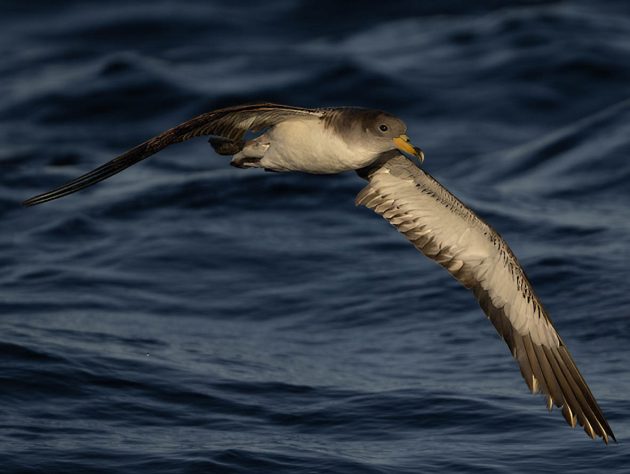
Living in Gibraltar, with its famous Strait on my doorstep, I have become interested in the distribution of the two species here, just in the zone of overlap. For many years I have been going out to see to observe the spectacle of these shearwaters feeding on the migrating flying fish in late September and October. I had assumed that these were largely Cory’s Shearwaters, coming in from the Atlantic, but looking back at some of my photographs I began to wonder.
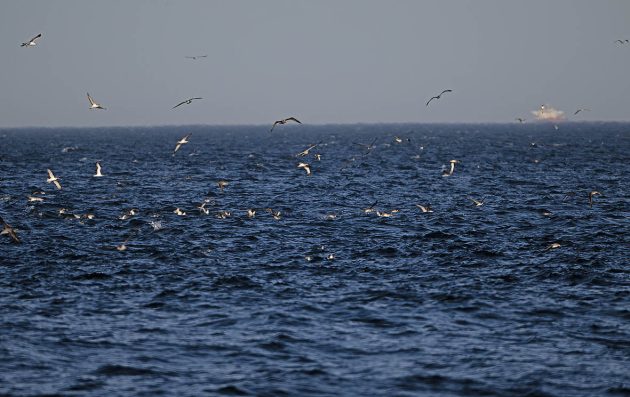
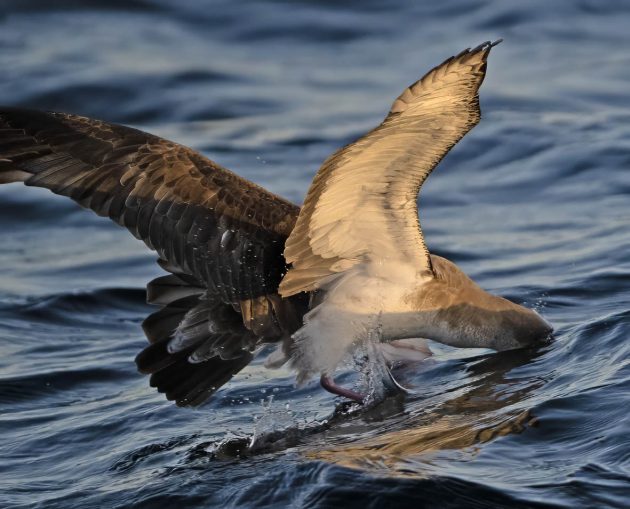
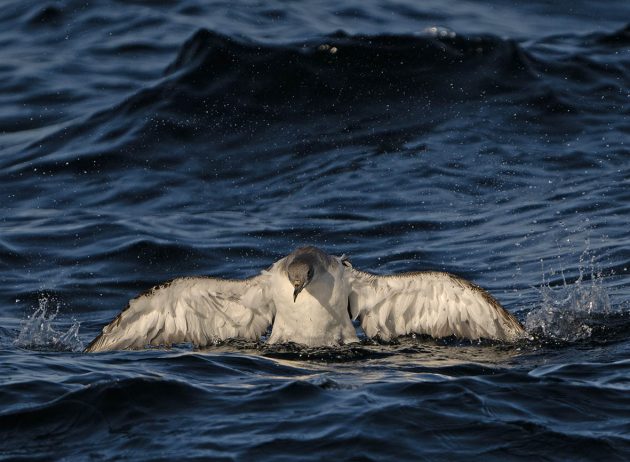
So, I went out into the Strait this month and started to take as many photographs as I could. I’m still analysing the images but I would say that 70% of the birds out there were Scopoli’s and 30% were Cory’s. Is this typical or does the proportion vary from day to day or at different times of the summer and autumn? I cannot answer that right now but I’m going to try next year. Photographing them, even distant ones, is going to be the way of unravelling the mystery. We are getting to understand how to separate the two species in the field and several good papers have been published recently, including one in the latest issue of British Birds. One give away ifs the underside pattern of the primaries. In Cory’s the primaries are dark and form a straight line at the base. In Scopoli’s, the white extends into the primaries. There are other features. For me, Scopoli’s are more gracile in build than Cory’s, the beak being slighter. Then there is the flight. When flapping, Scopoli’s appear to beat their wings more frequently, suggestive of a smaller bird altogether.
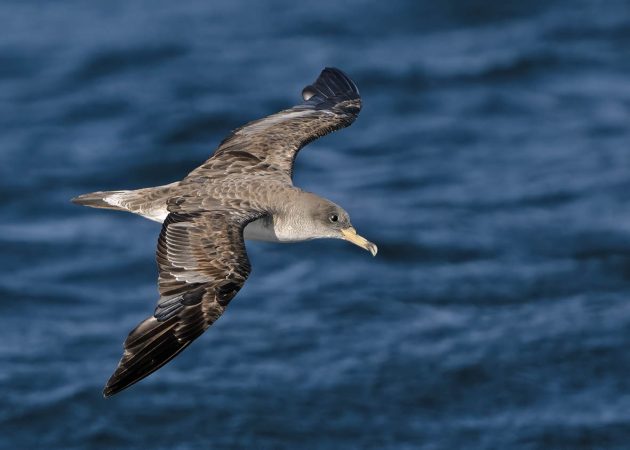
The Mediterranean-Atlantic separation may not be that clear. I have recently come across Scopoli’s Shearwaters in the Gulf of Cadiz, on the Atlantic, among rafts of Cory’s. Recent reports are also showing Scopoli’s even among Cory’s off the Isles of Scilly!
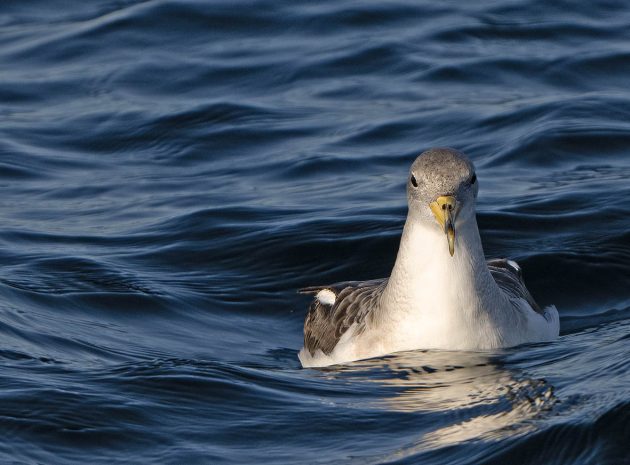
There is one thing I’m now watching out for. This week and the next will see the exodus of Scopoli’s Shearwaters out of the Mediterranean. They travel in large, tight, flocks, with a determination that says migration all over. After that I will have to wait until next February when they will return from their wintering grounds.
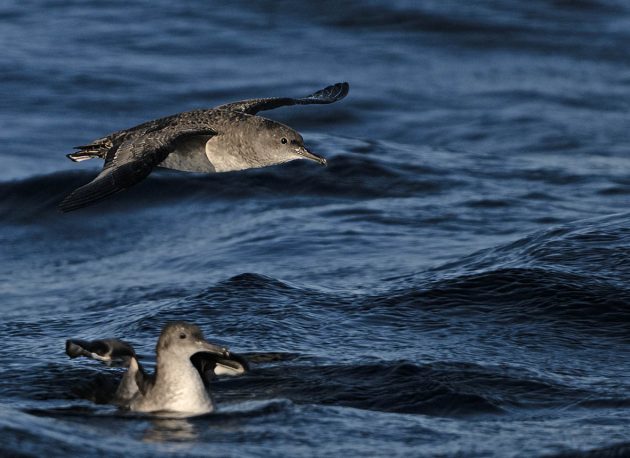
But it won’t be the end of shearwaters in the Strait. Already, the smaller Balearic Shearwaters (Puffinus mauretanicus) are coming back from the Atlantic moulting grounds. They now start visiting the breeding colonies in the western Mediterranean and will start breeding early in the year. By May, they will be heading back out towards the Atlantic. I’m lucky to have shearwaters here all year!
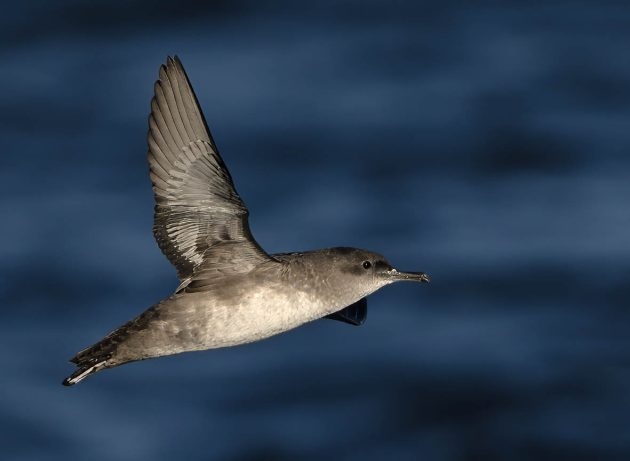
All photographs illustrating this article were taken off Gibraltar on the same day.
Source link
Facebook
Pinterest
Twitter
LinkedIn

